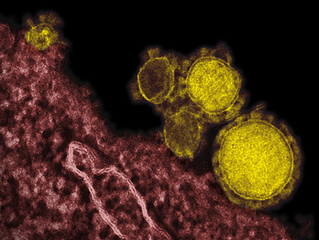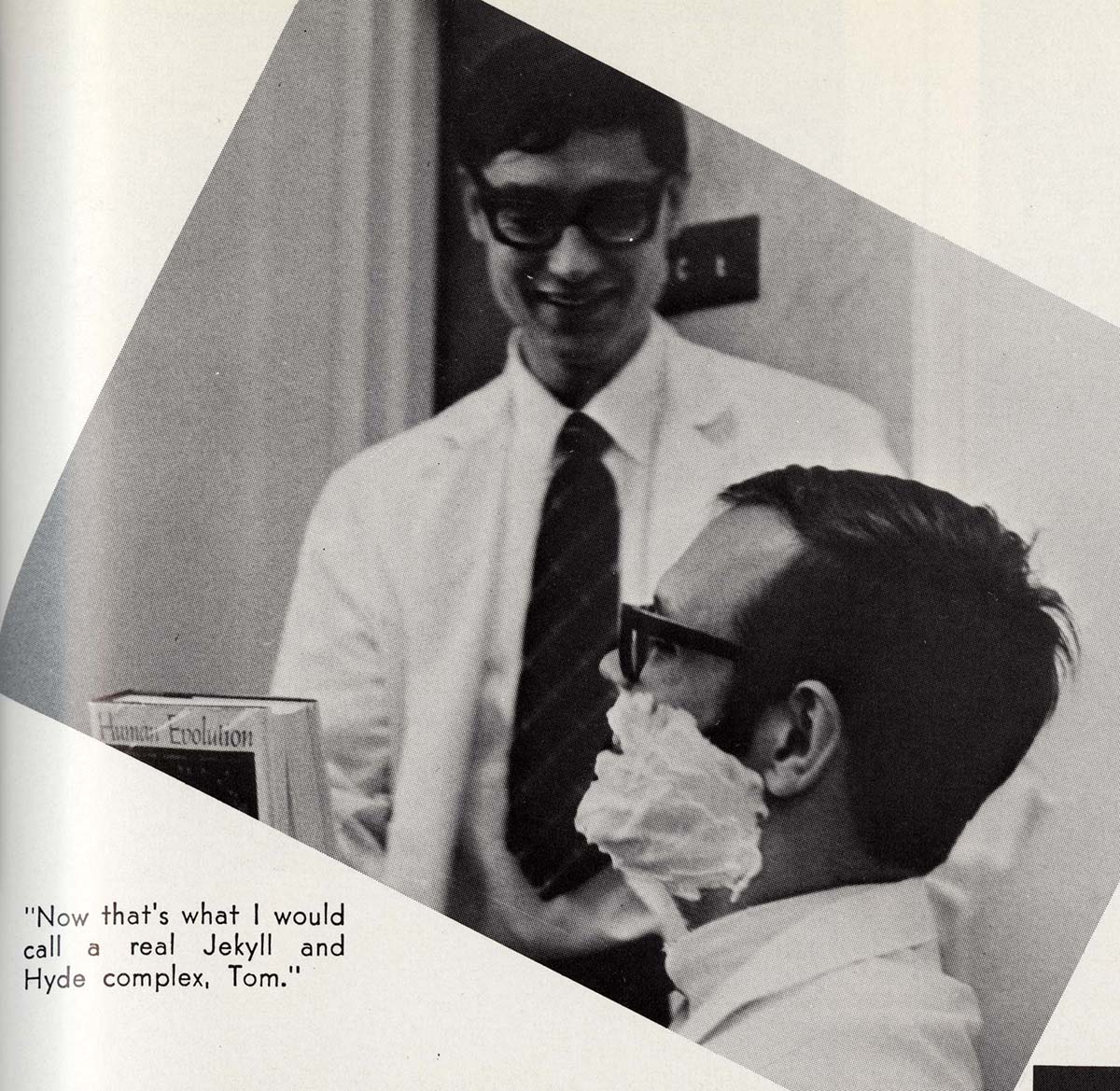Microblading provides new option to achieve fuller eyebrows
From tweezing to filling, maintaining a healthy look for your eyebrows can be a challenging experience – so much so that permanent fixes such as tattooing have become popular in recent years.
However, there is a semi-permanent option that you may not have heard of: Microblading.
Kim Chang, aesthetician with the Baylor Aesthetics Studio, helps us learn more about this technique and what sets it apart from well-known solutions such as tattooing or dying.
Q: What is microblading?
A: Microblading is a fairly new method of makeup for eyebrows. The microblading technique utilizes a hand tool making hairline strokes with the purpose of implanting pigment to mimic realistic brow hairs. Each and every stroke is controlled individually and delicately by hand giving a very natural look. When performed correctly, the strokes will heal with fine, crisp hair lines that a machine alone cannot accomplish.
Q: How are microblading and tattooing different?
A: Tattooing is permanent and uses ink, which fades to a green or blue. Microblading is semi-permanent and uses pigment that fades into a natural brown color.
Q: What are the benefits of semi-permanent makeup?
A: Semi-permanent does not last forever. This is especially helpful because skin changes as we age. A new shape can be accommodated to changes throughout time.
Q: Who is a candidate for microblading?
A: Those who have conditions like alopecia, hair loss due to chemotherapy or radiation, scarred patches and general fine hairs are perfect candidates for microblading. Because of the finer hairline strokes, the appearance of having hair can be achieved even there isn’t any actual hair. While some receive microblading to reconstruct the eyebrows, others who just want a bold beautiful brow have excellent results as well.
Q: Can microblading be done over an existing tattoo?
A: Yes, tattoo revision is commonly done with microblading. Color as well as re-shaping revision can be achieved.
Q: Are there any medical conditions or medications that conflict with microblading?
A: Yes, if you are pregnant or nursing, taking blood thinners, allergic to red dye, have taken Accutane in the past year, have received chemotherapy or radiation in the last 12 months or keloid, microblading is not recommended. A thorough consultation and analysis prior to the procedure is necessary.
Q: How long does it last?
A: The pigment will fade by about 40 percent in seven days right after the procedure. A follow up is scheduled to fine tune the shape within four to six weeks. The pigment will last about one to three years, during which annual touch-ups are recommended. Prolonged time in the sun or tanning will cause pigment to fade faster. Daily SPF is recommended for treated areas for longer lasting pigment.
Q: What is the healing time?
A: Healing time varies, but generally within two weeks. You may wash and shower as normal with proper ointment that is provided. Keeping the eyebrows clean and dry is the goal. The color will appear very bold in color immediately after, scab over, then flake off within a week.
Q: How do I prepare for the procedure?
A: You will need to discontinue use of aspirin, ibuprofen, alcohol and caffeine at least 24 hours before your treatment. Working out is not recommended at least three days after your treatment.
Additional Resources
To learn more about microblading or to schedule an appointment, contact Kim Chang.
Learn more about the Baylor Aesthetics Studio.



